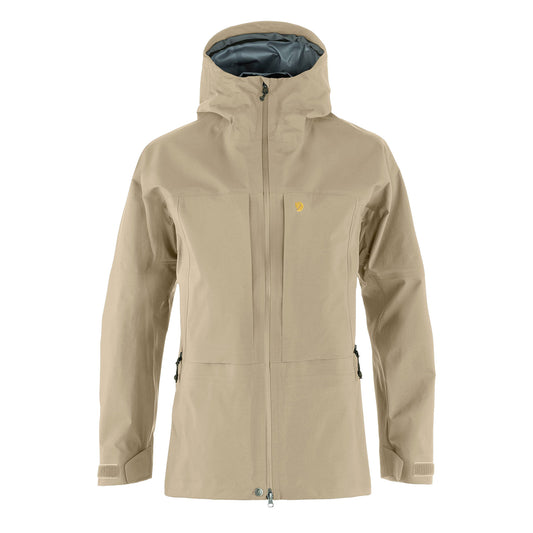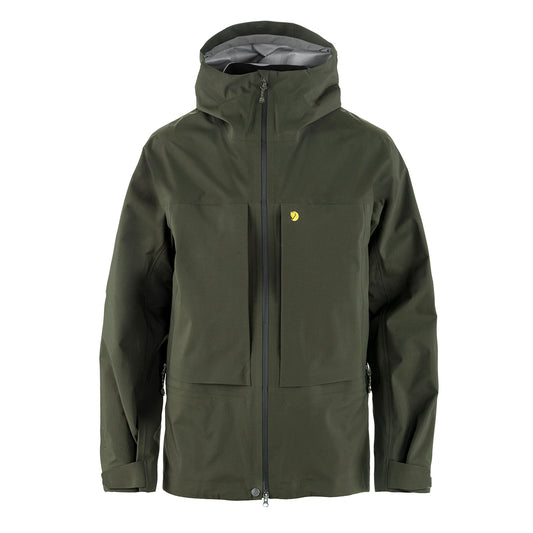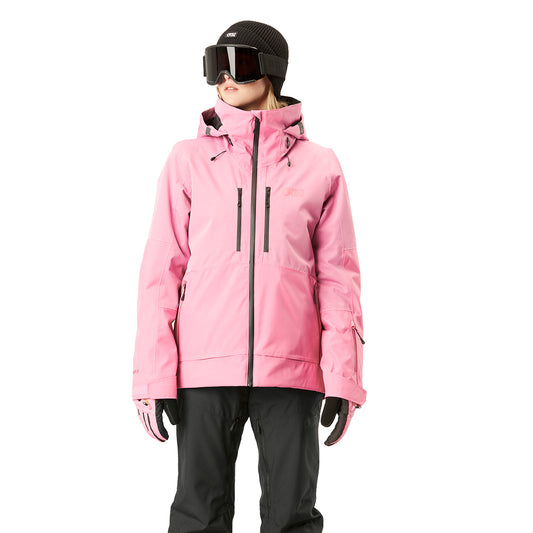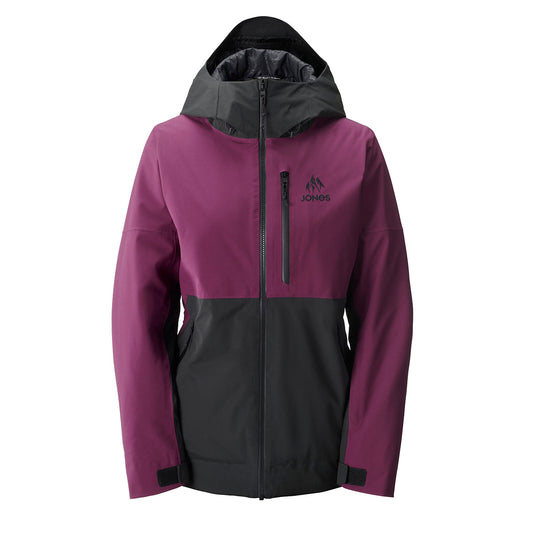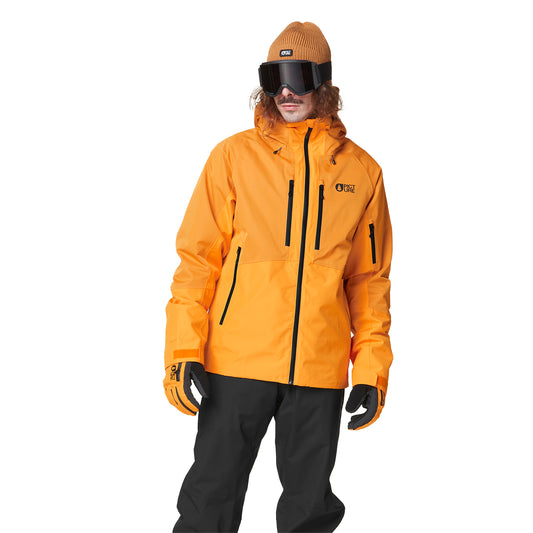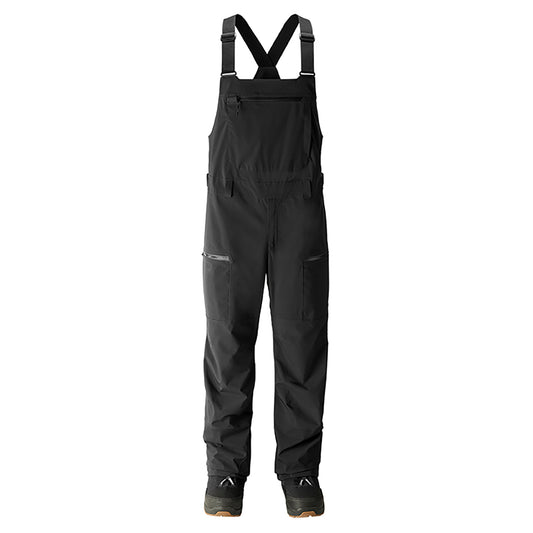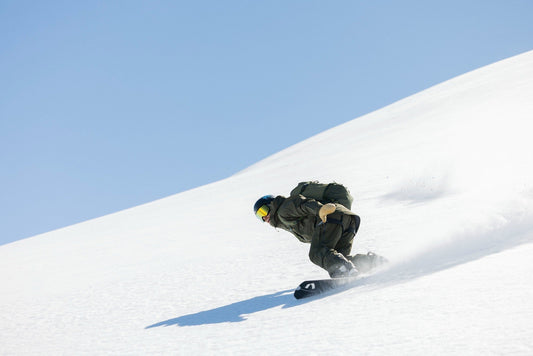The rising tide of circular business
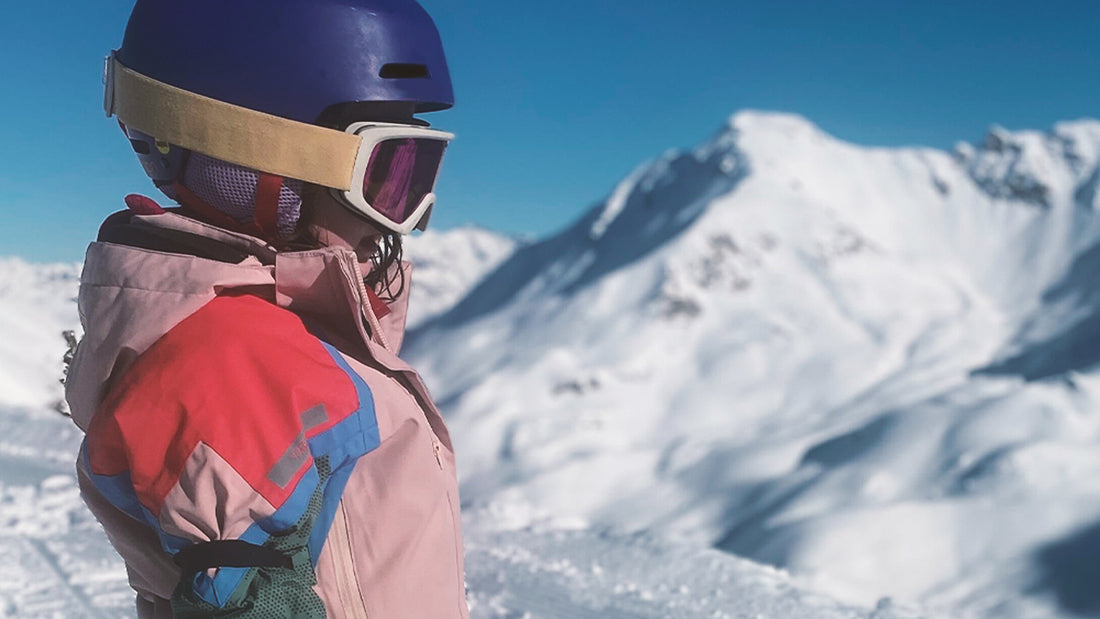
Environmentally, clothing production has a bigger impact than aviation and shipping combined, accounting for 10% of society’s carbon emissions and 20% of our wastewater. If the clothing industry proceeds with business as usual, demand for raw materials is set to triple by 2050.
Spoiler alert – we don’t have enough resources!
The rise of circular business models like rental, repair, and resale are recognised as critical levers to disrupt the strain of linear retail on planetary resources.
Over 30% of clothing in wardrobes has not been used in over a year. This is a bigger problem within highly-specific, light-usage products - like the outerwear we use to explore the mountains.
60% of Europe’s 60M skiers already rent skis & boots, indicating they don’t ski often enough to justify ownership. It’s these occasional adventurers, who can only visit the alps for a week each winter, that we are drawing into the rental revolution.
The rental revolution
Rental has taken fashion by storm. Consumers see rental services as a way to buy less and use more. We at Cirkel think that this model works exceptionally well for durable and seldom used equipment - like outdoor gear.
Our rental model is purpose-built to reduce overconsumption of outdoor gear. By making rental high-quality and convenient, we enable infrequent skiers & snowboarders to rent their gear, instead of owning it.
We’re paying close attention to the environmental impacts of rental - from packaging, to delivery, laundry and everything in between. We’re committed to measure and mitigate these impacts.
Our model opens the beauty of the outdoors to a wider section of society. Skiing & snowboarding is prohibitively expensive. We want to see more diversity on the slopes, and our rental pricing provides access at a fraction of the cost of ownership.

Our piece of the pie
Outdoor rental is our piece of the climate change pie. There are bigger pieces of the pie that are at various stages of the baking process: rolling pastry, gathering fruit.. Some pies are already in the oven, some recipes are still being written. Issues like fast fashion and transportation represent much bigger impacts to our environment than outdoor gear. Perhaps if we were astronauts, we would explore the galaxy in search of Planet B, or if we were engineers we could accelerate electric vehicle technology.
But we’re here on our home planet, using our skills, outdoor industry experience and passion for the mountains to perfect our little piece of the pie: outdoor rental. We believe in systems thinking, and the power of collectivity. By gathering the best ingredients for outdoor rental, we reduce our industry’s environmental impact, and inspire other industries to level up.
Next up!
We've been looking at outdoor clothing rental from all corners and will be taking you along for the journey. Next, we will discuss who should rent, and then our calculations of rental’s impact.
The most sustainable form of consumption is to buy a high quality jacket and wear it for 20 years, a method we see too seldom in our society. This also doesn’t work well for those who don’t use outdoor gear often. Stay tuned.
Sources & gap analysis:
We think that rental can be a sustainable method of consuming outdoor gear for people who infrequently ski, snowboard, or generally get after it in the outdoors. We’re dedicated to measuring and mitigating our environmental impact of Cirkel’s service.
That said, we’re learning here! Alongside life cycle analysis research, we’re continuing to investigate rental impacts and consumer habits to see how we can best serve society & the planet. If you have any feedback on our estimates or communications, we are happy to hear it. Please send all feedback to Cirkel via our contact page on our website.
Here are the sources that we have drawn on for this article:
-
Ellen MacArthur "Fashion and the Circular Economy." Retrieved April 6th, 2022, from https://archive.ellenmacarthurfoundation.org/explore/fashion-and-the-circular-economy
-
Ro, C. "Can fashion ever be sustainable?" Smart Guide To Climate Change. Retrieved April 5, 2022, from https://www.bbc.com/future/article/20200310-sustainable-fashion-how-to-buy-clothes-good-for-the-climate
-
Buttle, M., Vyas, D & Spinks, C (2012). Evaluating the financial viability and resource implications for new business models in the clothing sector. Wrap.org.uk
-
Fisher, G. (2020). Does buying pre-loved clothing mean buying less new? Consumer Research Report retrieved from https://www.qsapartners.co.uk/
- Gatzer, S., Helmcke, S., & Roos, D. (2022). “Playing offense on circularity can net European consumer goods companies €500 billion.” Retrieved August 5th from https://www.mckinsey.com/industries/consumer-packaged-goods/our-insights/playing-offense-on-circularity-can-net-european-consumer-goods-companies-500-billion-euros


